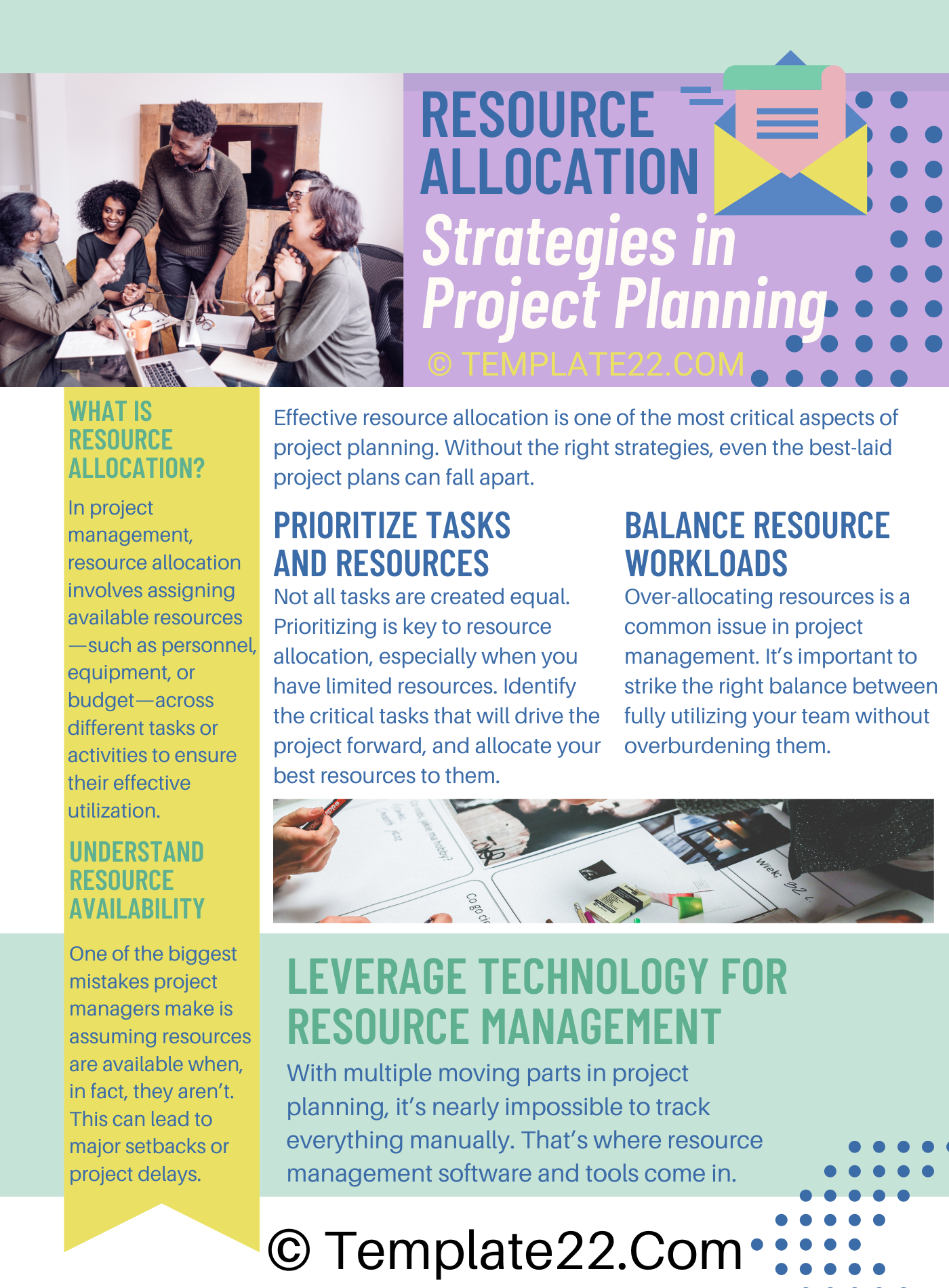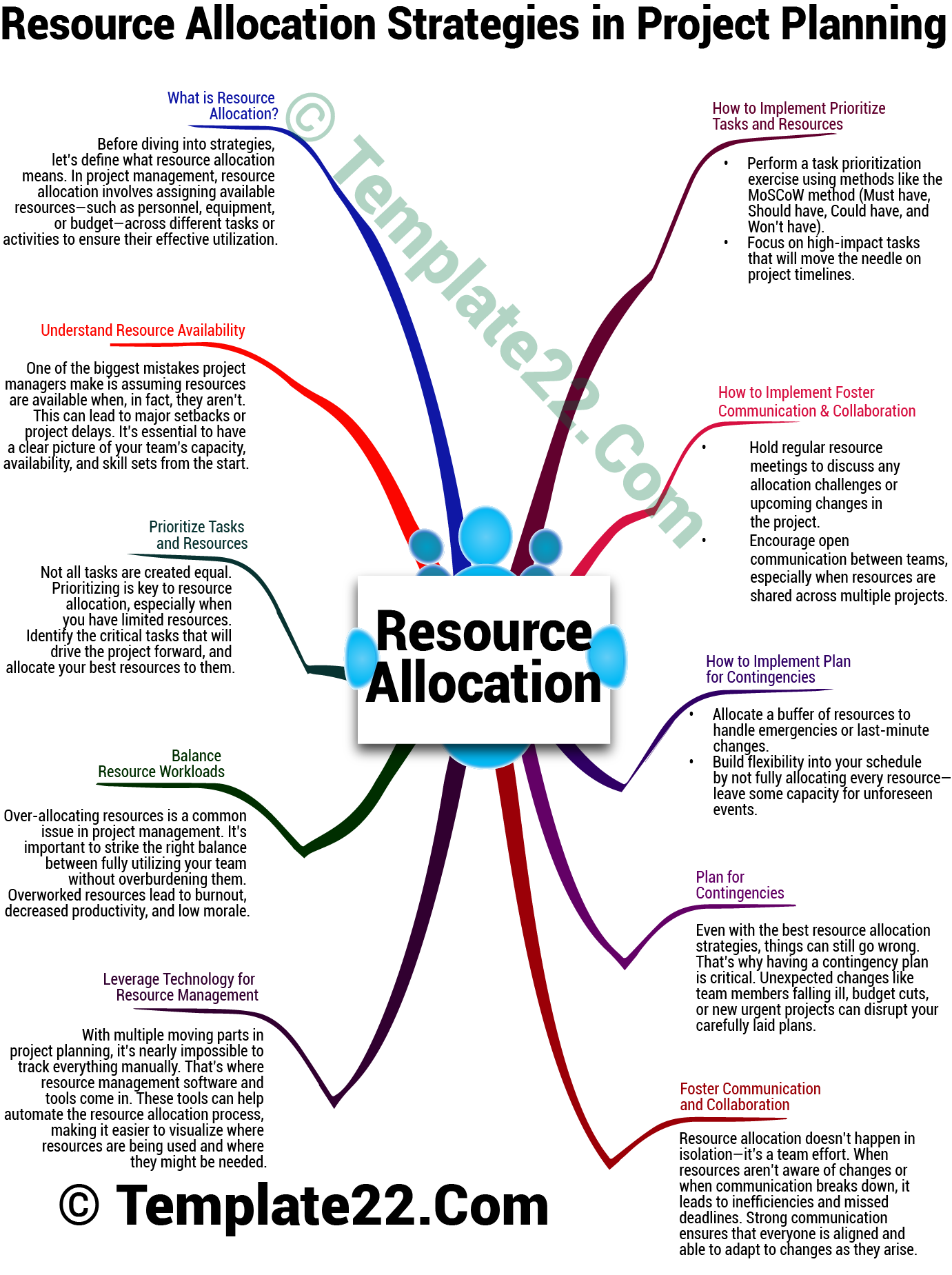 Effective resource allocation is one of the most critical aspects of project planning. Without the right strategies, even the best-laid project plans can fall apart. Whether you’re managing a small project or juggling multiple large-scale initiatives, ensuring that the right resources are available at the right time can make or break your project’s success. This blog dives into resource allocation strategies that can elevate your project planning, ensuring smooth operations and timely delivery.
Effective resource allocation is one of the most critical aspects of project planning. Without the right strategies, even the best-laid project plans can fall apart. Whether you’re managing a small project or juggling multiple large-scale initiatives, ensuring that the right resources are available at the right time can make or break your project’s success. This blog dives into resource allocation strategies that can elevate your project planning, ensuring smooth operations and timely delivery.
What is Resource Allocation?
Before diving into strategies, let’s define what resource allocation means. In project management, resource allocation involves assigning available resources—such as personnel, equipment, or budget—across different tasks or activities to ensure their effective utilization. The goal is to make sure that all tasks are completed efficiently without overburdening any single resource.
Now that we know the basics, let’s explore some strategies to make resource allocation more effective.
Strategy 1: Understand Resource Availability
One of the biggest mistakes project managers make is assuming resources are available when, in fact, they aren’t. This can lead to major setbacks or project delays. It’s essential to have a clear picture of your team’s capacity, availability, and skill sets from the start.
How to Implement This:
- Conduct resource capacity planning to gauge how much time or effort each resource can commit.
- Use resource calendars to track when team members are available.
- Check for any overlapping projects that could affect availability.
Understanding resource availability helps prevent bottlenecks and ensures tasks are assigned to the right person at the right time.
CLICK HERE TO DOWNLOAD 300+ PROJECT MANAGEMENT TEMPLATES & DOCUMENTS IN EXCEL
Strategy 2: Prioritize Tasks and Resources
Not all tasks are created equal. Prioritizing is key to resource allocation, especially when you have limited resources. Identify the critical tasks that will drive the project forward, and allocate your best resources to them.
How to Implement This:
- Perform a task prioritization exercise using methods like the MoSCoW method (Must have, Should have, Could have, and Won’t have).
- Focus on high-impact tasks that will move the needle on project timelines.
- Assign top-performing team members to critical path tasks while leveraging junior team members for lower-priority activities.
Task prioritization ensures that you’re putting your most valuable resources on the highest-priority tasks, increasing efficiency.
Strategy 3: Balance Resource Workloads
Over-allocating resources is a common issue in project management. It’s important to strike the right balance between fully utilizing your team without overburdening them. Overworked resources lead to burnout, decreased productivity, and low morale.
How to Implement This:
- Use workload balancing tools or software to visualize how tasks are distributed across your team.
- Monitor your team’s workload and adjust when necessary. Ensure no single team member is overloaded with too many tasks.
- Promote flexibility by having backup resources or cross-trained team members to cover during peak periods or vacations.
By balancing workloads, you prevent burnout and ensure sustained productivity throughout the project lifecycle.
Strategy 4: Leverage Technology for Resource Management
With multiple moving parts in project planning, it’s nearly impossible to track everything manually. That’s where resource management software and tools come in. These tools can help automate the resource allocation process, making it easier to visualize where resources are being used and where they might be needed.
How to Implement This:
- Use project management tools like Microsoft Project, Monday.com, or Trello to track resources in real time.
- Integrate resource planning with time-tracking tools to better forecast future needs.
- Leverage AI-driven tools that can help predict resource bottlenecks before they happen.
Technology can simplify resource management, improve visibility, and give you data-driven insights to enhance your resource allocation strategy.
Strategy 5: Foster Communication and Collaboration
Resource allocation doesn’t happen in isolation—it’s a team effort. When resources aren’t aware of changes or when communication breaks down, it leads to inefficiencies and missed deadlines. Strong communication ensures that everyone is aligned and able to adapt to changes as they arise.
How to Implement This:
- Hold regular resource meetings to discuss any allocation challenges or upcoming changes in the project.
- Encourage open communication between teams, especially when resources are shared across multiple projects.
- Utilize collaboration tools like Slack, Microsoft Teams, or Asana to keep all communication transparent and accessible.
Open lines of communication allow for quicker adjustments in resource allocation and keep everyone informed about the project’s status.
CLICK HERE TO DOWNLOAD 300+ PROJECT MANAGEMENT TEMPLATES & DOCUMENTS IN EXCEL
Strategy 6: Plan for Contingencies
Even with the best resource allocation strategies, things can still go wrong. That’s why having a contingency plan is critical. Unexpected changes like team members falling ill, budget cuts, or new urgent projects can disrupt your carefully laid plans.
How to Implement This:
- Allocate a buffer of resources to handle emergencies or last-minute changes.
- Build flexibility into your schedule by not fully allocating every resource—leave some capacity for unforeseen events.
- Have backup plans for critical resources. If a key resource is unavailable, have a trained backup ready to step in.
Planning for contingencies ensures that your project can handle unexpected challenges without significant delays.
Conclusion
Resource allocation is more than just a logistical task—it’s a strategic one. By understanding resource availability, prioritizing tasks, balancing workloads, leveraging technology, fostering communication, and planning for contingencies, you can create a robust resource allocation strategy that ensures project success. Effective resource allocation helps keep projects on track, teams motivated, and stakeholders satisfied.
Adopting these strategies in your project planning will not only lead to smoother operations but will also help you deliver projects on time and within budget, with your resources optimally utilized every step of the way.
